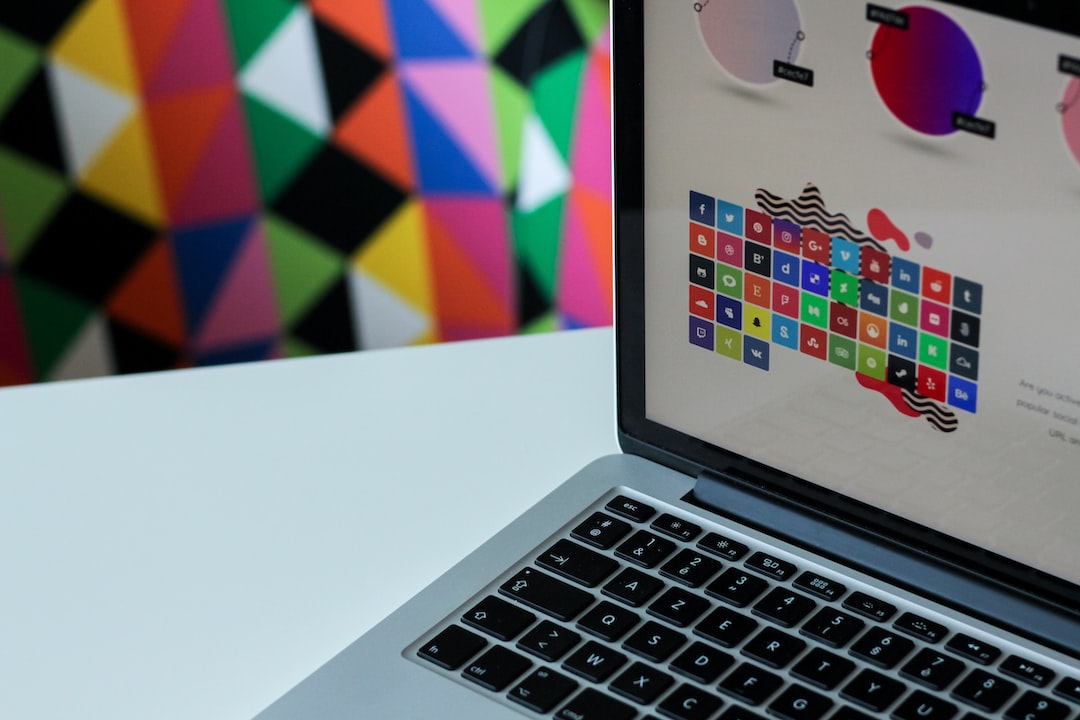A widget is a small application element or program used on a web page or in a user interface, such as the dashboard of a content management system (CMS). Widgets can provide various functions and information, such as weather forecasts, news feeds, search boxes, social media integration, and the like. In the world of web design and development, widgets are especially useful in customizing and extending websites to meet the specific needs of users.
How widgets work
Widgets are basically small code snippets embedded in a web page or application to provide additional functionality. They can be executed either server-side, via PHP or another scripting language, or client-side, via JavaScript and similar technologies.
Typical widgets can be simple text or image elements, menu guides, category lists, or special modules such as contact forms or newsletter signups. Widgets can also embed external content or services, such as Google Maps, YouTube videos, or social media profiles.
Widgets in WordPress
WordPress, the most widely used CMS in the world, has an extensive collection of widgets that help web designers and developers create custom features for their websites. In WordPress, widgets can be easily added and positioned via drag-and-drop within the dashboard area, called the "widget area".
The widget area offers the possibility to add different widgets to different widget areas, so called "sidebars". Sidebars are areas on a web page where widgets can be positioned. Each WordPress theme can have a different number of sidebars (or none). You can also create and customize sidebars yourself to best display your content.
Advantages of widgets
- Flexibility: Widgets allow web designers and developers to add and customize features and content as needed.
- Ease of use: Widgets are easy to include and position without the need for complex programming skills.
- Quickly add features: Widgets can be quickly installed and integrated into your website to provide new functionality.
- Customizability: Widgets can be customized and designed to enhance the look and feel of your website and create a unique experience for your visitors.



